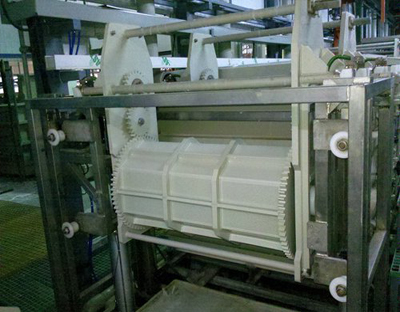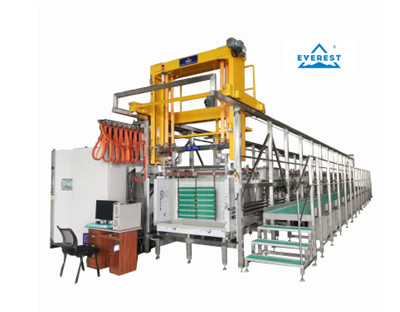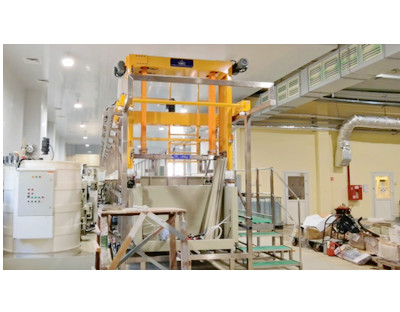Electroplating tanks also generate bubbles due to internal or external reasons.
- The intrinsic causes of bubble formation
Fortunately, acidic copper plating tanks have high cell efficiency, so hydrogen production in better tanks is a minor issue. It is necessary to avoid conditions that are likely to cause hydrogen generation, such as high current density and rectifier fluctuations leading to short-term large current density drift. The production of hydrogen gas becomes an important issue due to the lower efficiency of some tin/lead tanks or tin tanks compared to copper tanks. An interesting progress in avoiding hydrogen splitting is the addition of “anti pitting additives”. These organic compounds, such as derivatives of caprolactam, may participate in redox reactions, taking away the atomic state of hydrogen before forming hydrogen molecules and preventing bubble formation. The reduced anti pit additive oxidizes again at the anode and transfers to the cathode, restarting this cycle.
- External causes of bubble formation
The most obvious external cause of bubble formation is the bubbles filled in the pores before the board is immersed in the solution. In order to remove air from the holes before the board is immersed in the bath solution, some electroplating fixture designers have experimented with forming a certain angle between the board and the fixture. A paddle agitator can generate sufficient pressure difference to drive bubbles out of the hole. It is also helpful to drive away bubbles by mixing air sparging with compressed air through the spray to make it pass through the board. Of course, spray agitation itself is also a kind of gas. When it is mixed into the tank, the air enters the circulating filter pump to produce an oversaturated liquid flow, which will form bubbles at the agglomeration position, and bubbles will also form at the defective hole wall. Some manufacturers are troubled by this issue and turn to airless stirring (solution spraying).
In addition to corrosion inhibitor residues and bubbles that hinder electroplating, several other obvious problems that cause electroplating voids include poor penetration and foreign object blockage. Poor penetration of the tank liquid can result in a lack of copper in the middle, but this is a very extreme situation. Usually, the copper thickness in the center of the hole is insufficient to meet the acceptable standards. In acidic copper plating tanks, there are several reasons for poor penetration: improper copper/acid ratio, tank liquid contamination, insufficient or insufficient organic additives, poor current distribution, shielding effect or stirring, etc. If particle contamination is found, it is often caused by a malfunction of the circulation or filtration pump, low frequency of slotting, damage to the anode bag, or defects in the cathode membrane.






 Mar. 08, 2022
Mar. 08, 2022 




